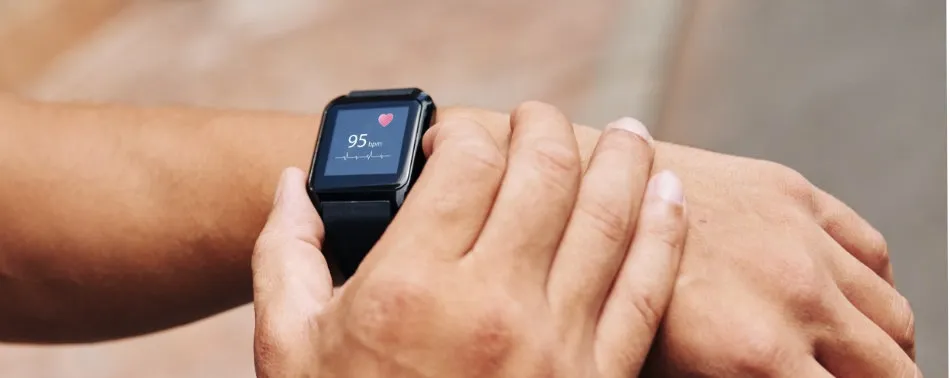Wearable tech improves access to health services

The use of wearables is becoming ubiquitous in medical and health care - a trend made stronger by COVID-19. Wearable medical technology refers to devices that patients attach to their bodies, producing data for doctors, health providers, insurers and other relevant parties. Examples include fitness trackers, blood pressure monitors and biosensors. Typically, wearables combine hardware, software and mobile applications, connected to the cloud, that collect, transmit and analyze personal health data.
Wearable tech
The prevalence of chronic diseases such as diabetes and cardiovascular problems is prompting an increase in continuous monitoring devices. Smart wearable devices also offer the possibility of improving patient care quality while lowering the cost of treatment. Wearables enable doctors to monitor their patients remotely and they also help patients become more proactive about their own health.
Patients can collect their own data and report it in a digital format, potentially avoiding the need for in-person appointments. Wearables can make medical care more accessible to everyone - especially in areas where doctors are difficult to find and book appointments with.
Wearable technology could also change the dynamics of the current healthcare model, in which doctors make assessments based on single visits and one-off assessments, representing a rather fragmented patient history to aid decision-making. Wearables can generate continuous streams of data to make the patient the point of care.
Many analysts anticipate that, at some point, clinicians will collect wearable and sensor data from patients as part of routine care. Technology, based on AI algorithms, can analyze the condition of the patient, and enable the clinician to devise an accurate treatment plan exactly when required by the patient.
Challenges ahead
The caveat is that tech-generated medical data can potentially be hacked. The wearable technology field's challenges range from data security and trust issues to regulatory hurdles. International Standards can help to meet some of these challenges by ensuring that the technologies used are safe and perform to agreed benchmarks.
Cyber security standards can help to ensure the cyber security of medical devices and protect patient safety. For example, IEC TR 60601-4-5:2021 provides detailed guidance on adapting IEC 62443 to the specific needs of the healthcare sector.
Another key series of standards is IEC 80001, which guides managing risk related to medical device use in a networked environment. These standards define a risk management process that covers the entire lifecycle of a networked medical device, from design and development to decommissioning.
They focus on identifying and mitigating potential risks associated with networked medical devices, including cybersecurity threats and failures in communication between devices. IEC 80001 is recommended for healthcare organizations and medical device manufacturers that use networked medical devices. It can also help organizations meet regulatory requirements related to medical device safety and security.
All standards can be found in our e-shop.
